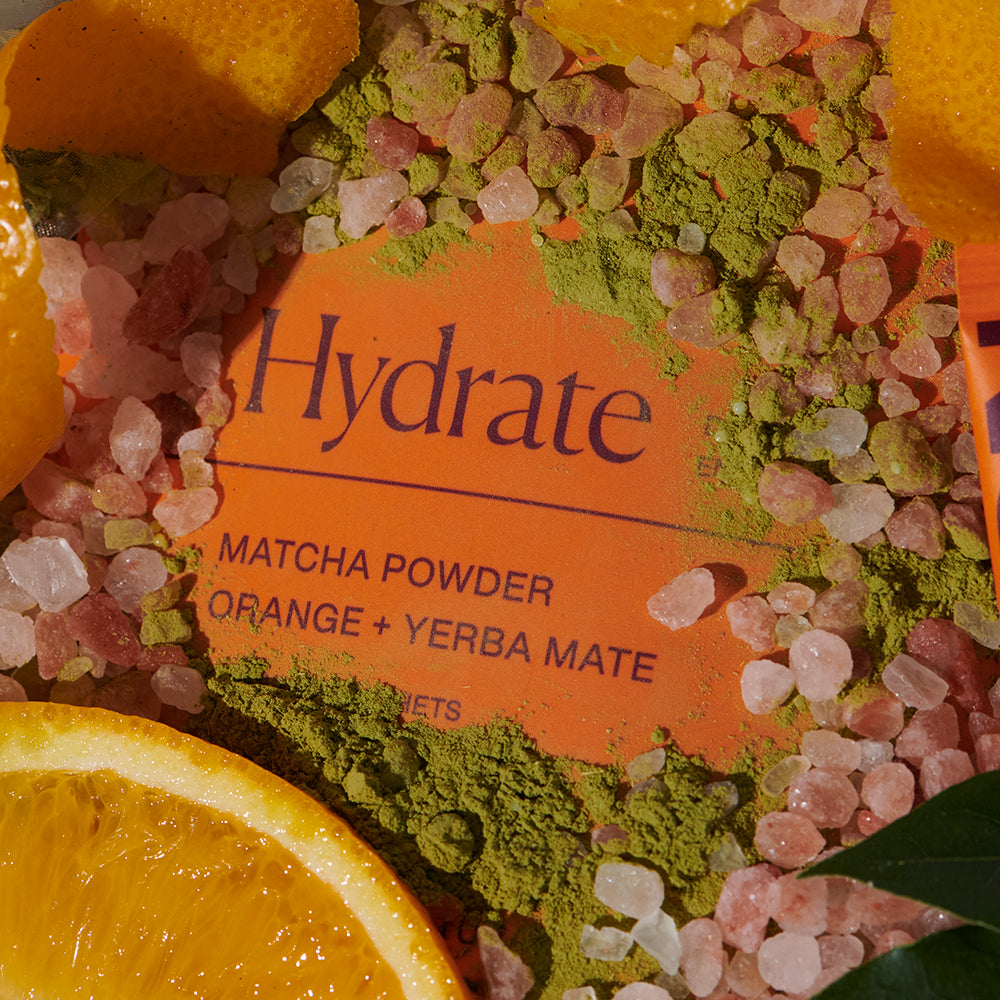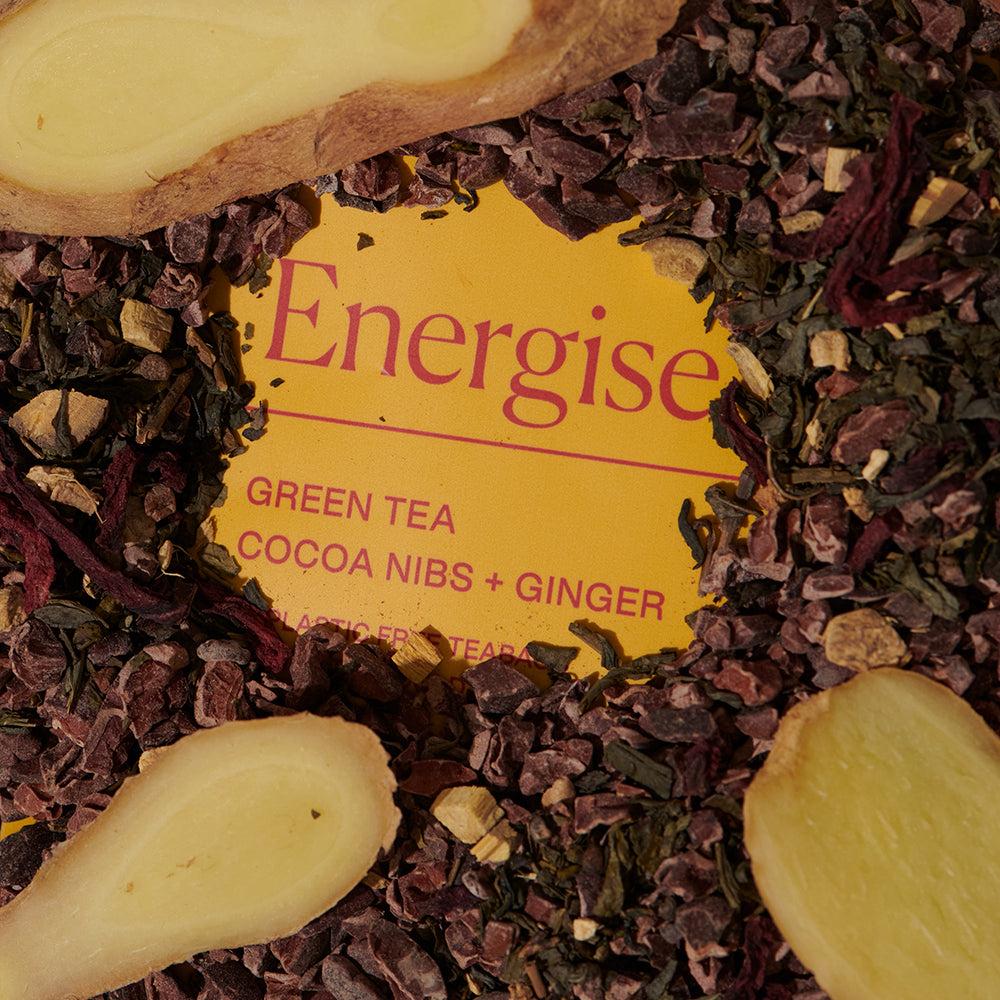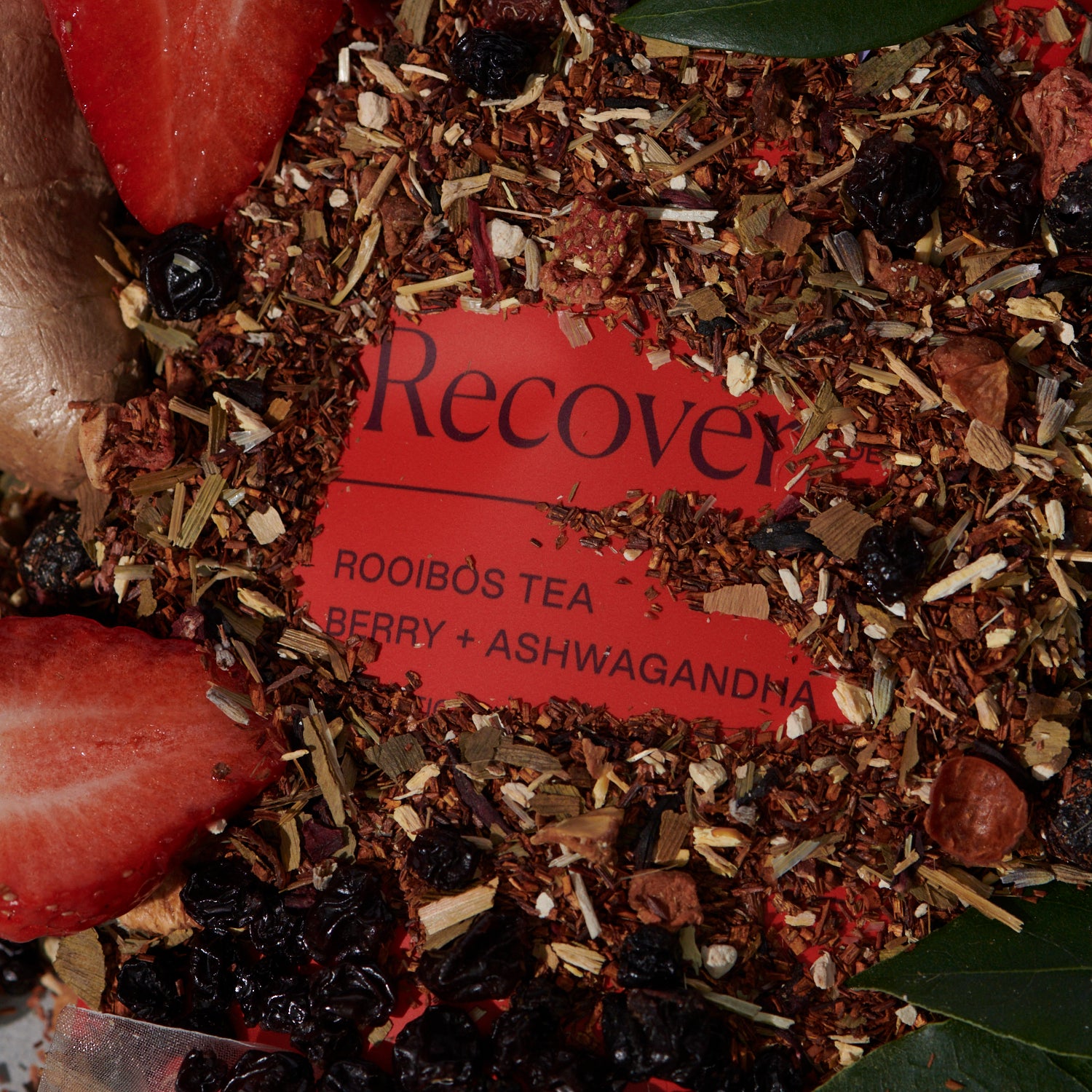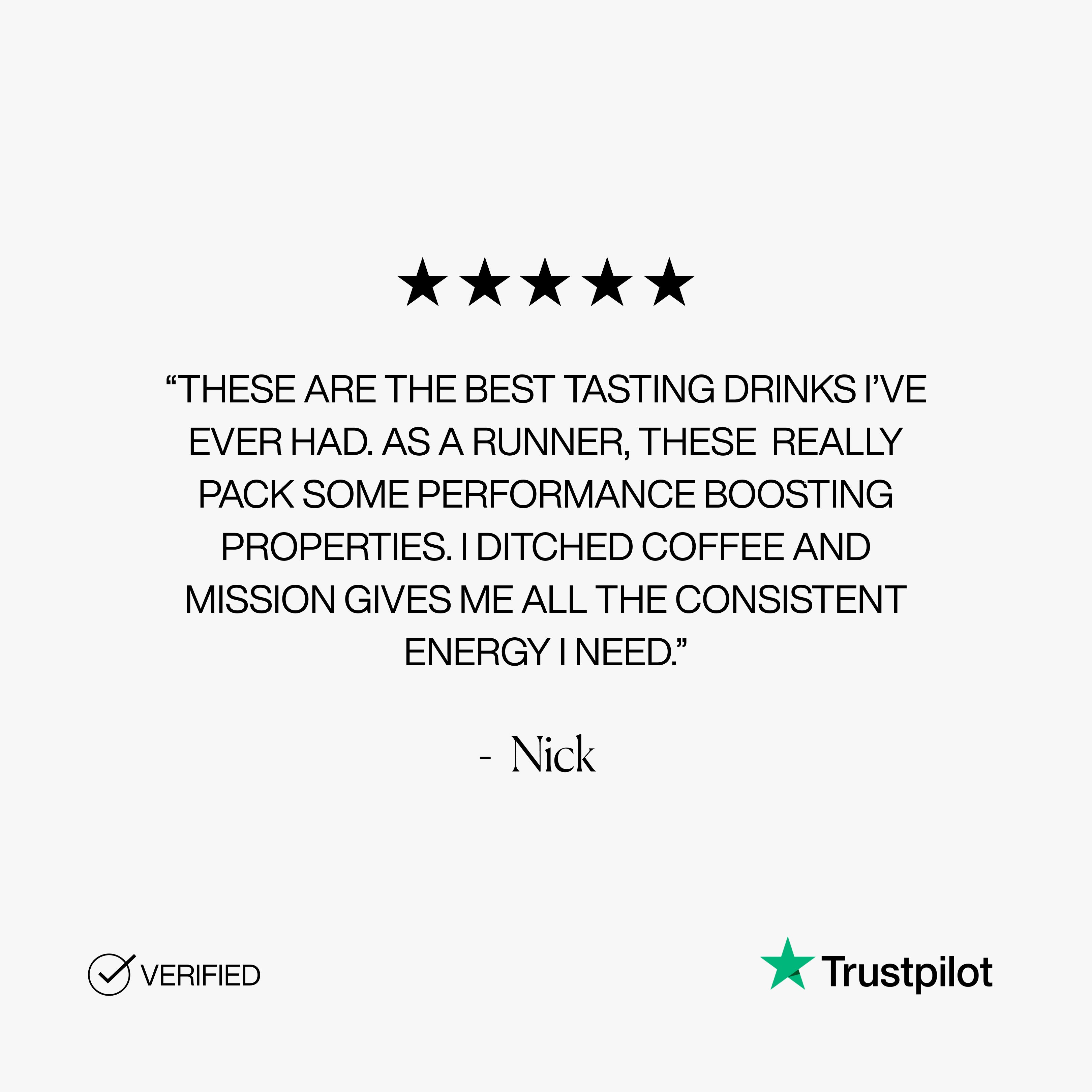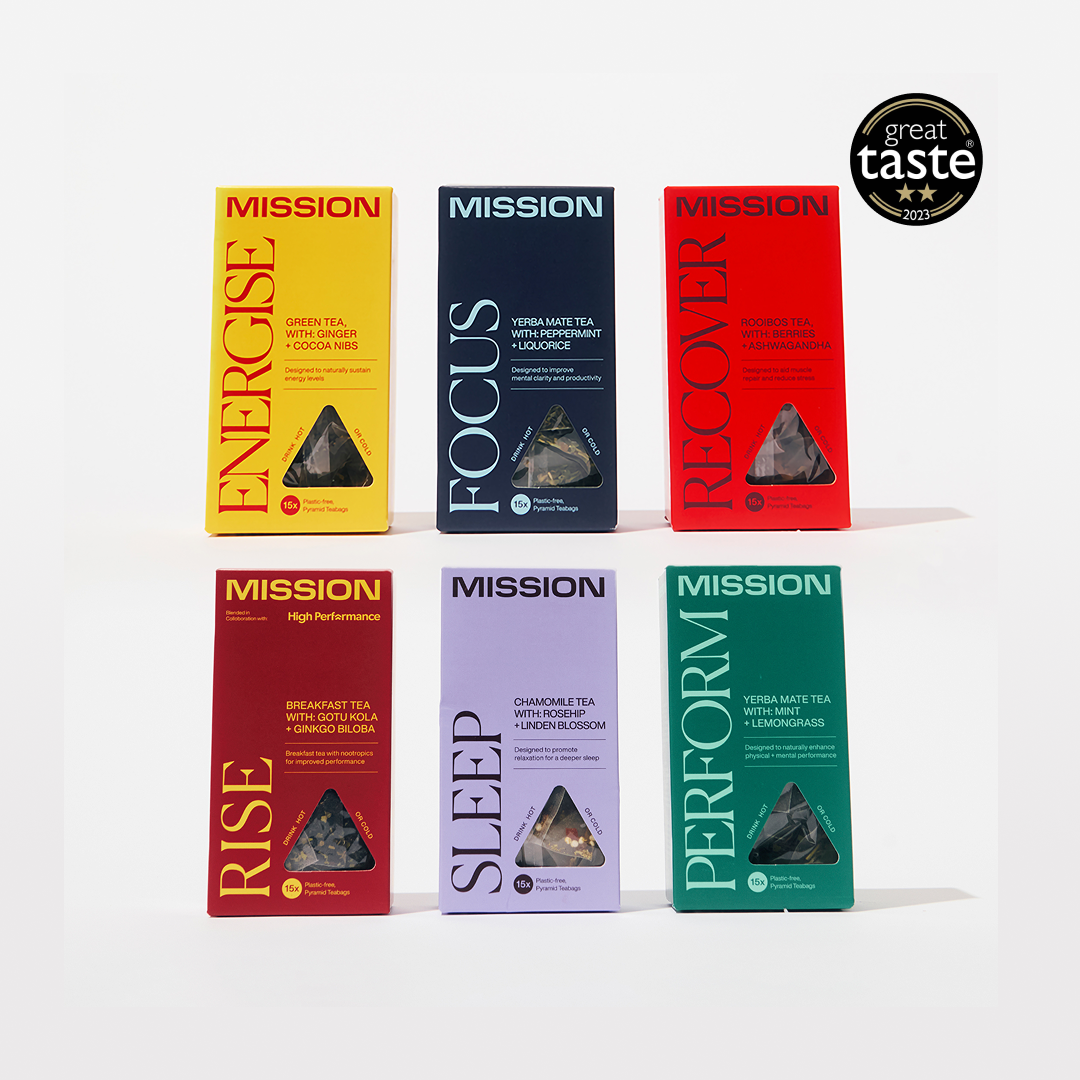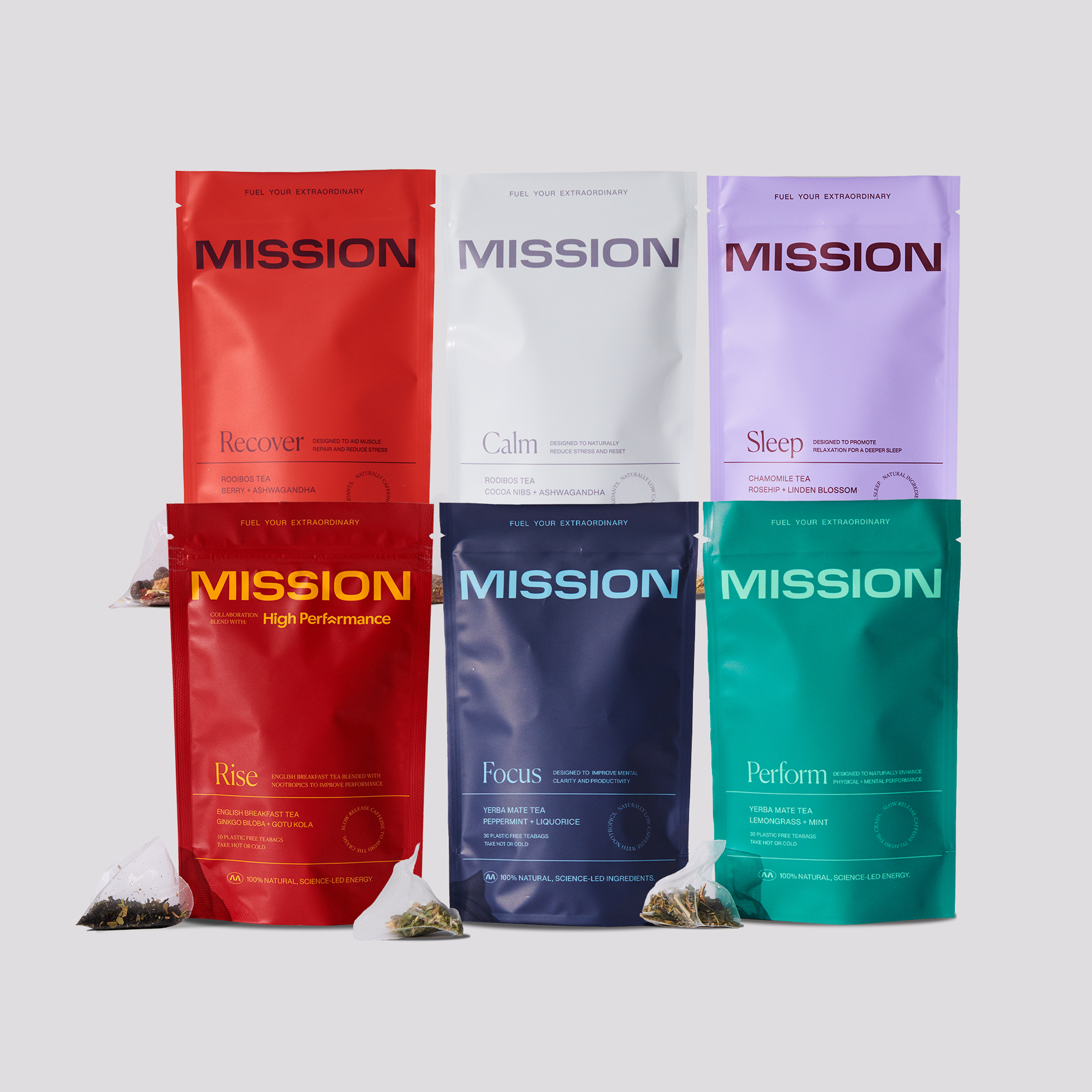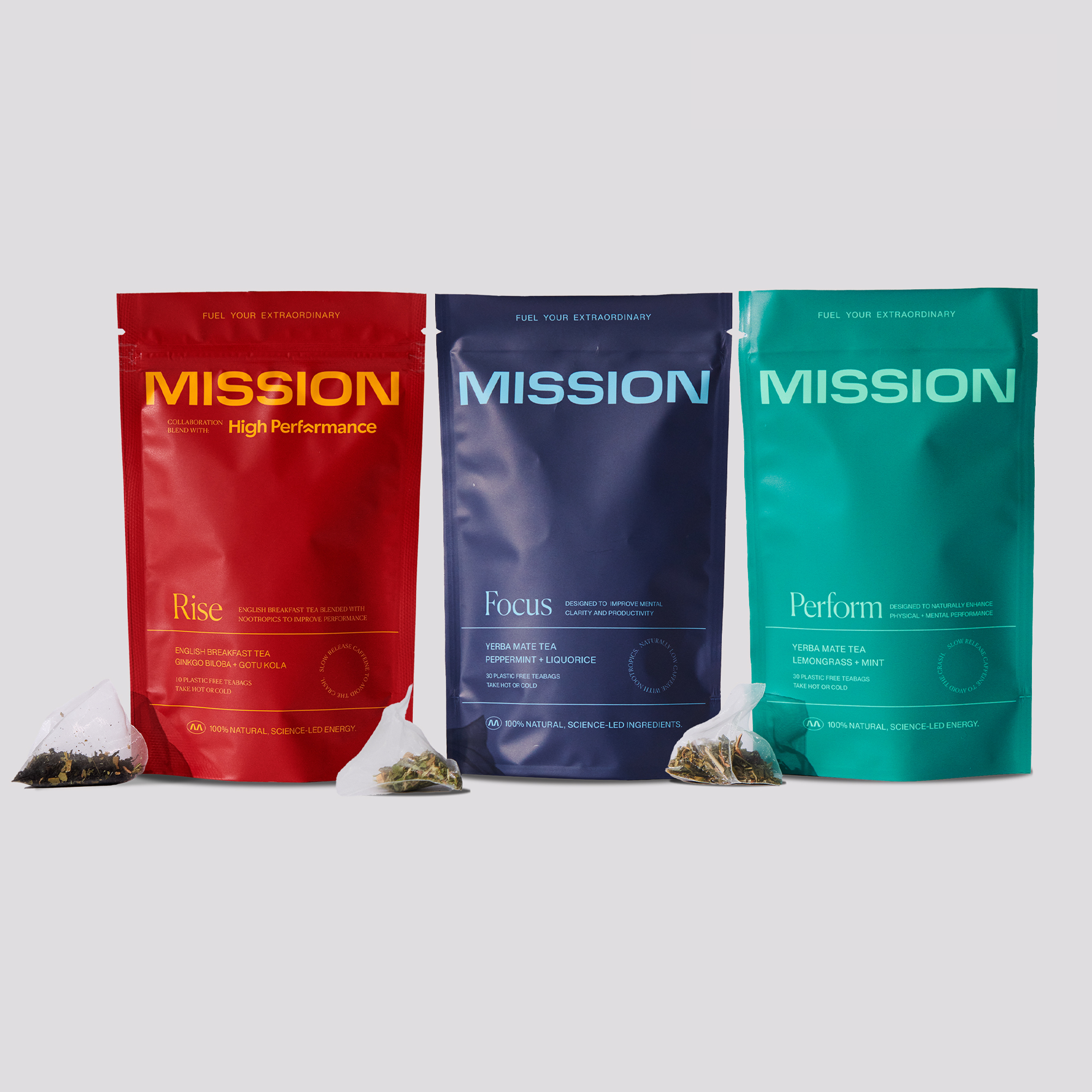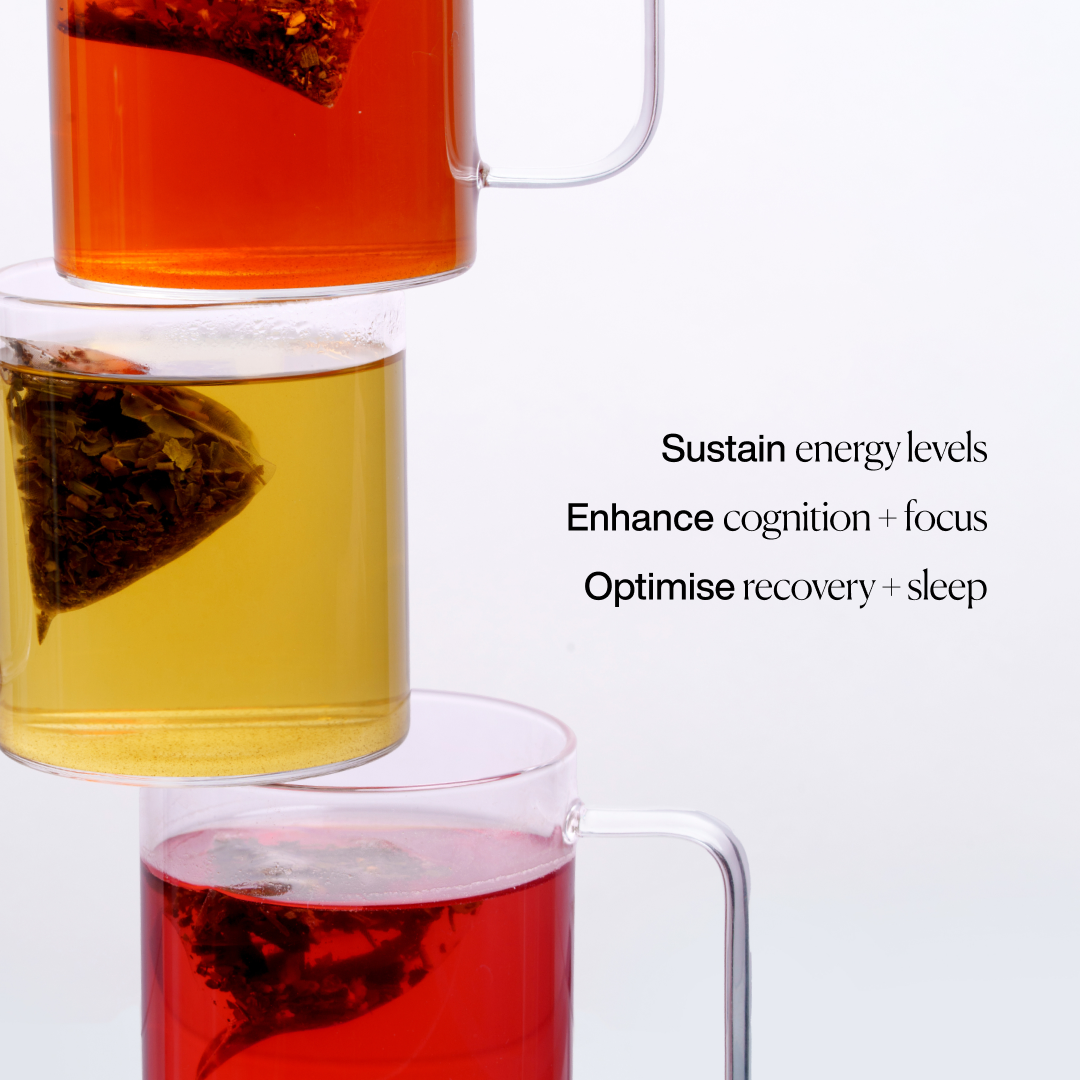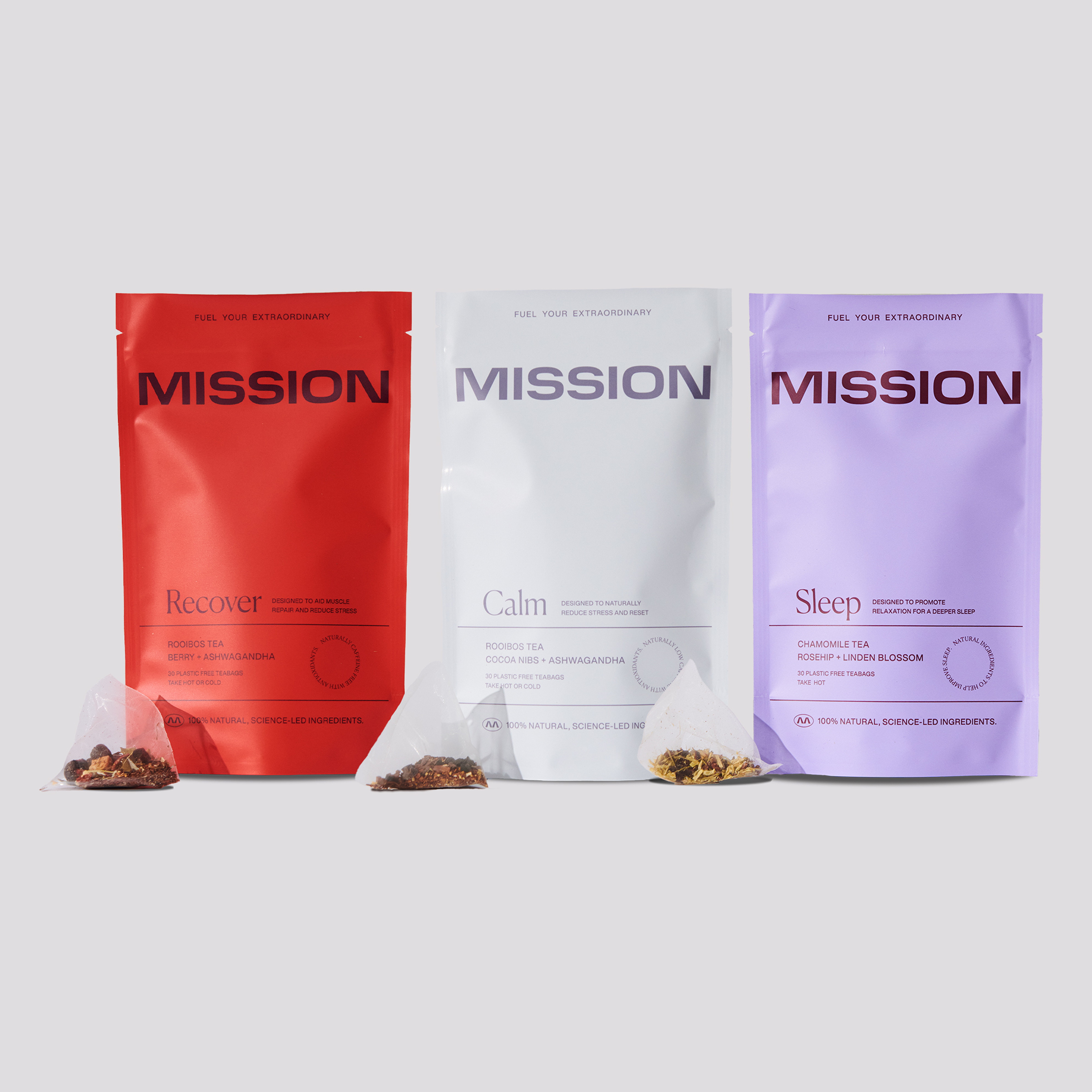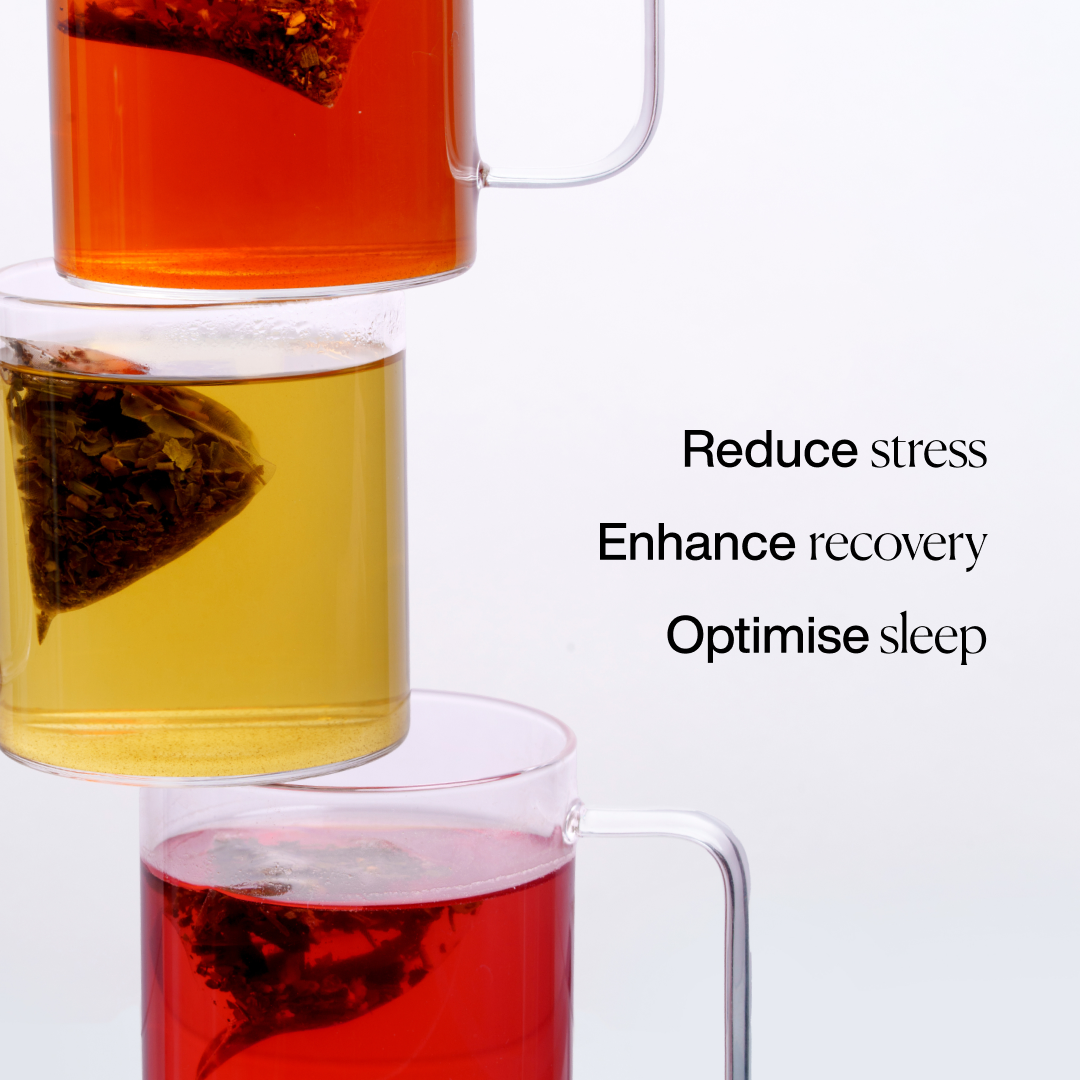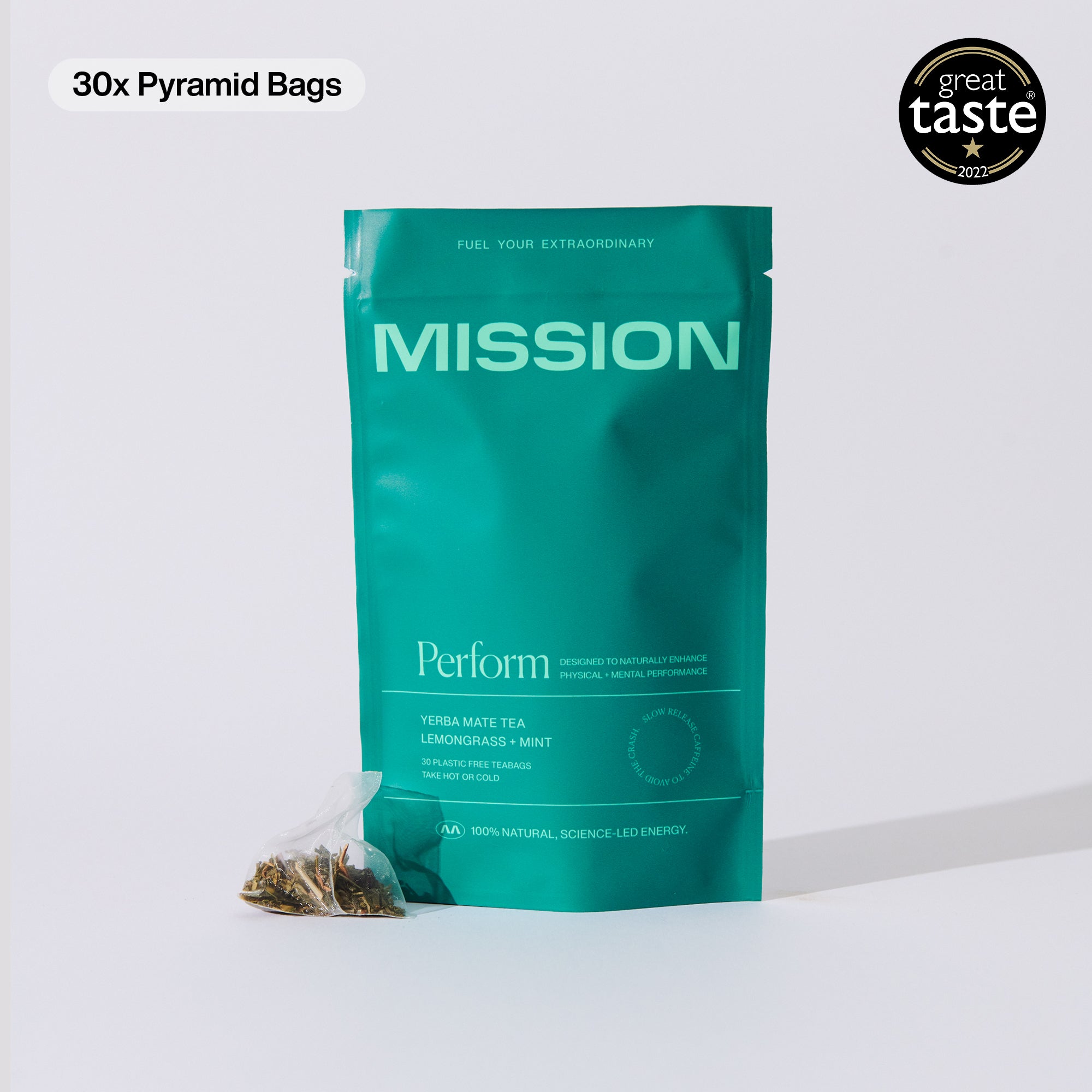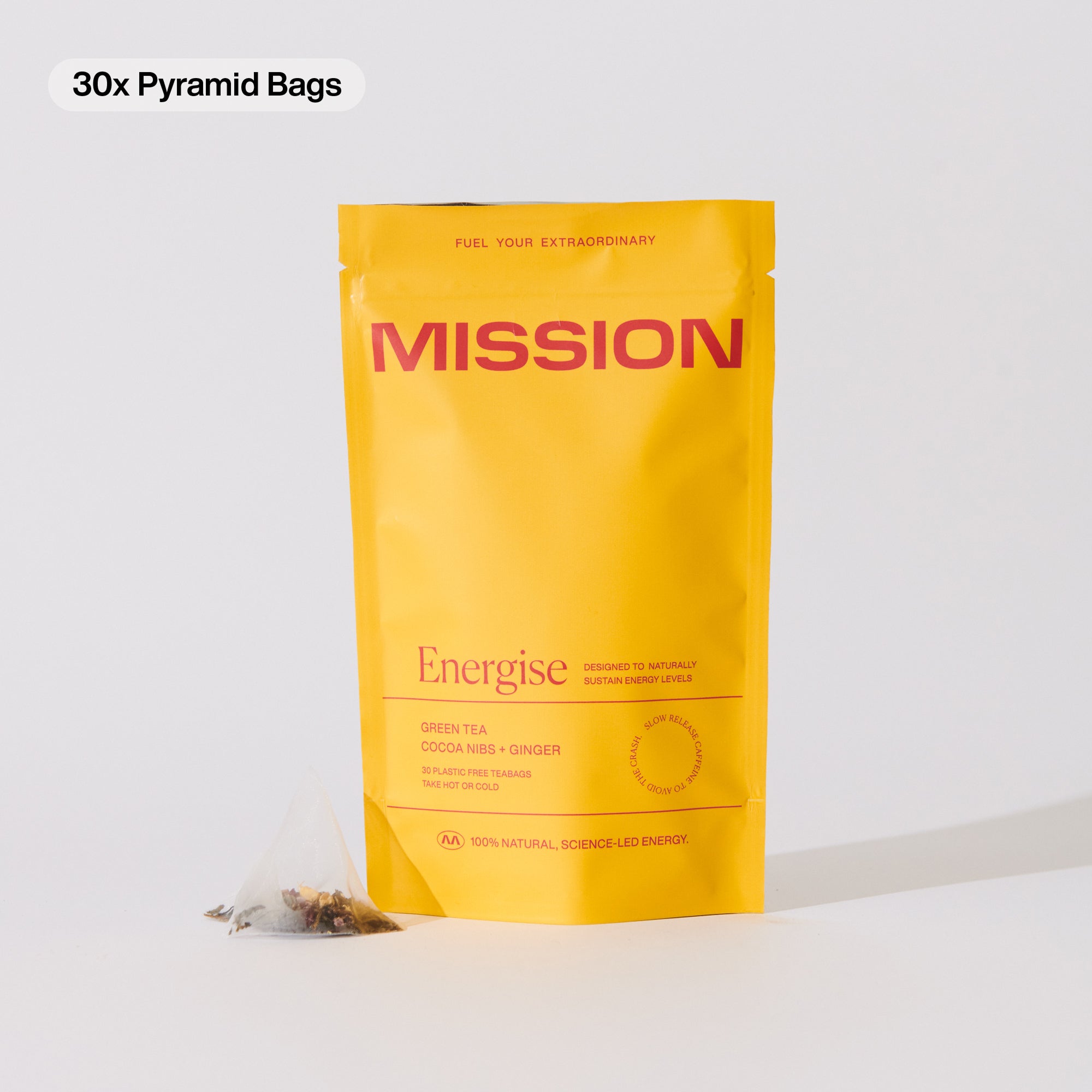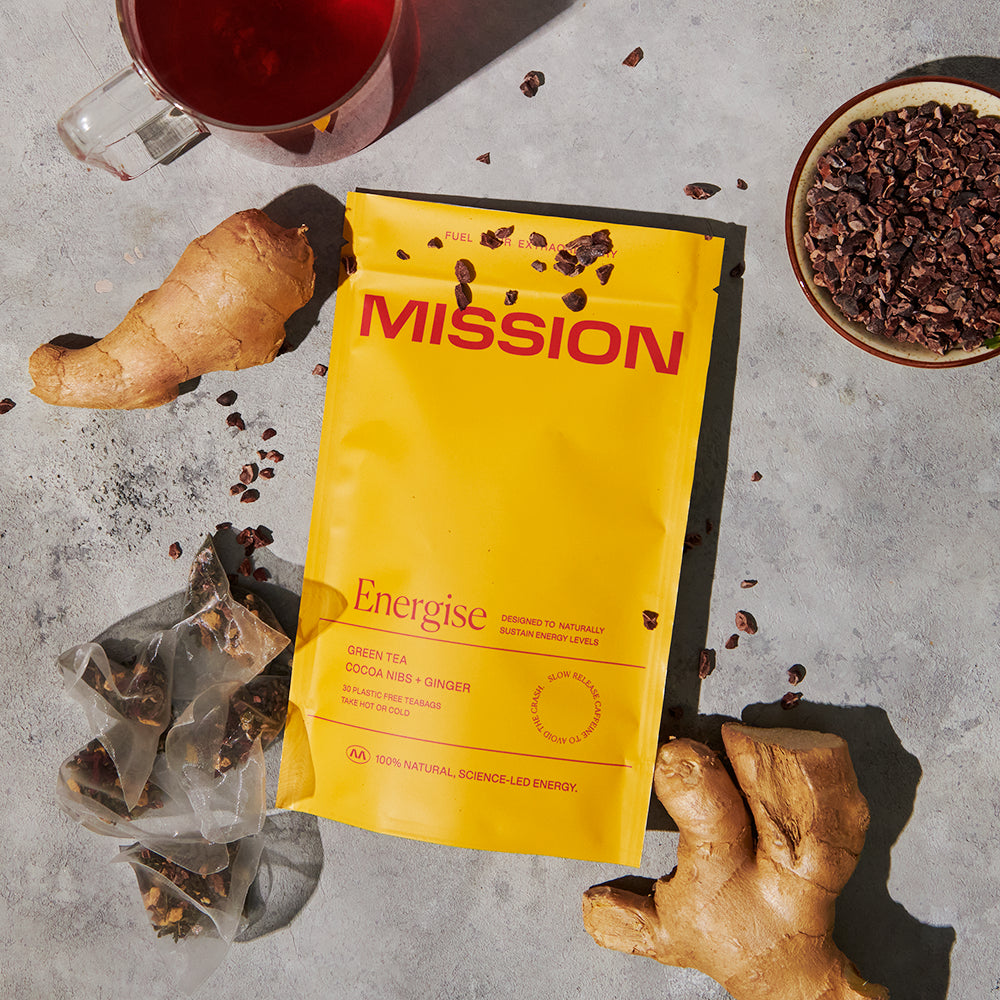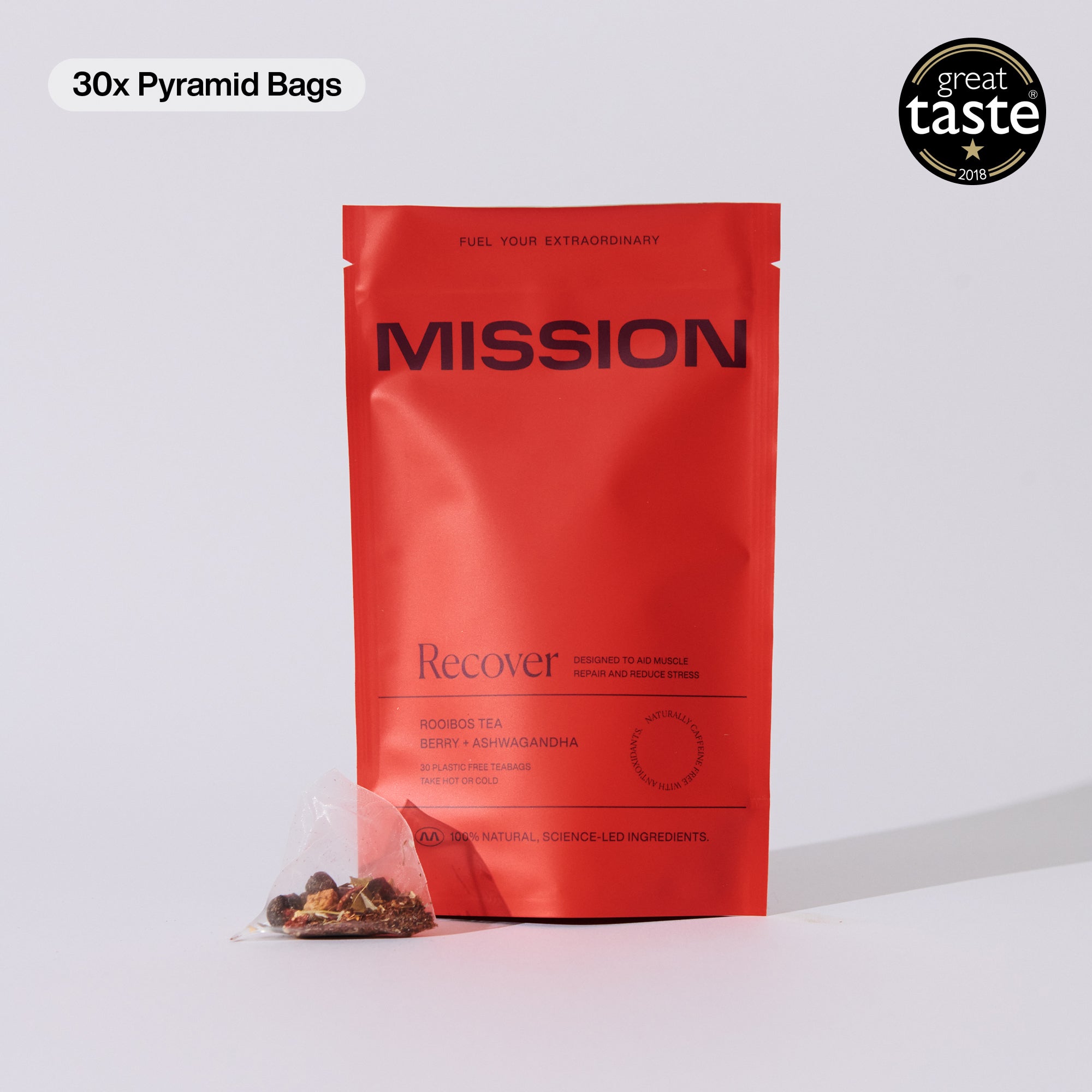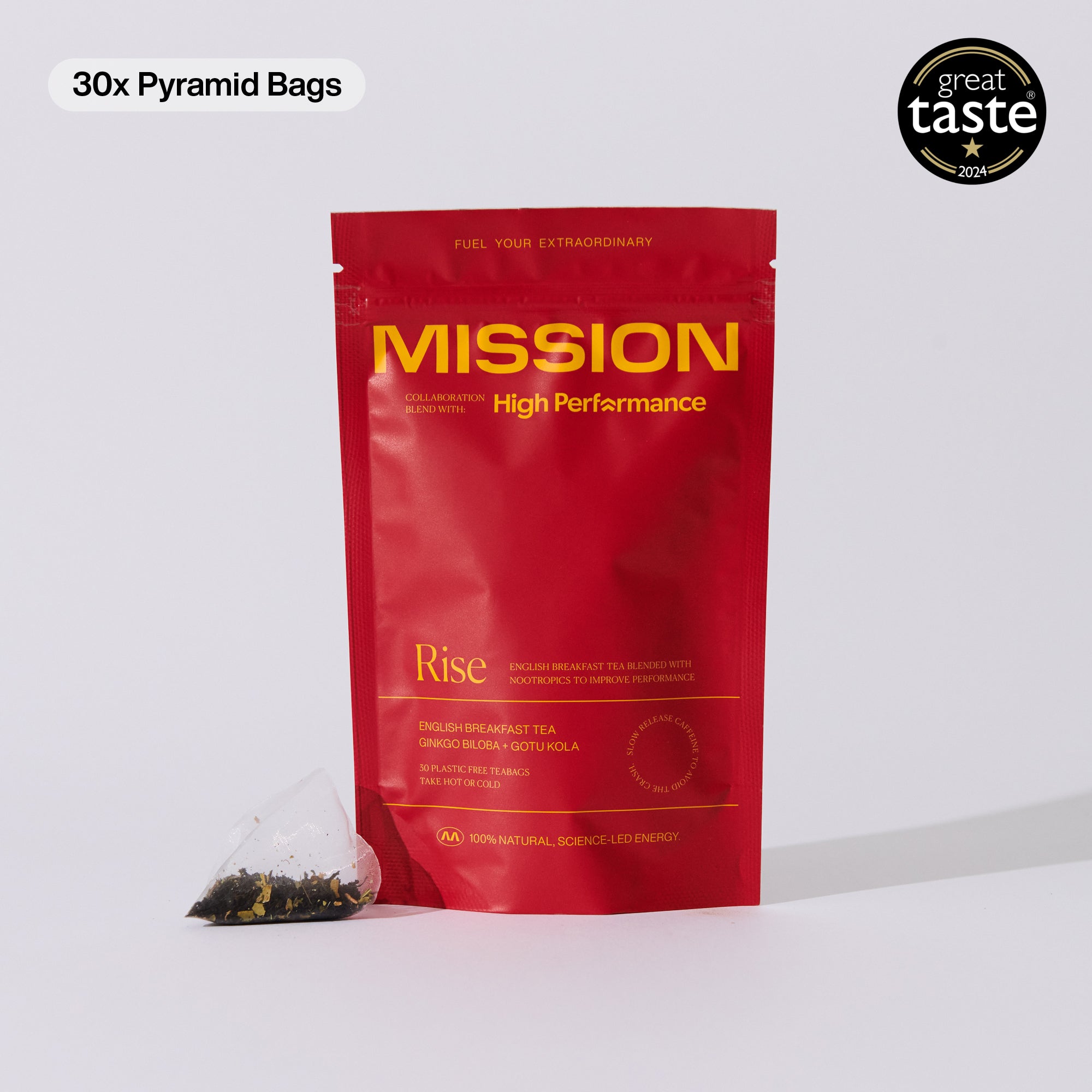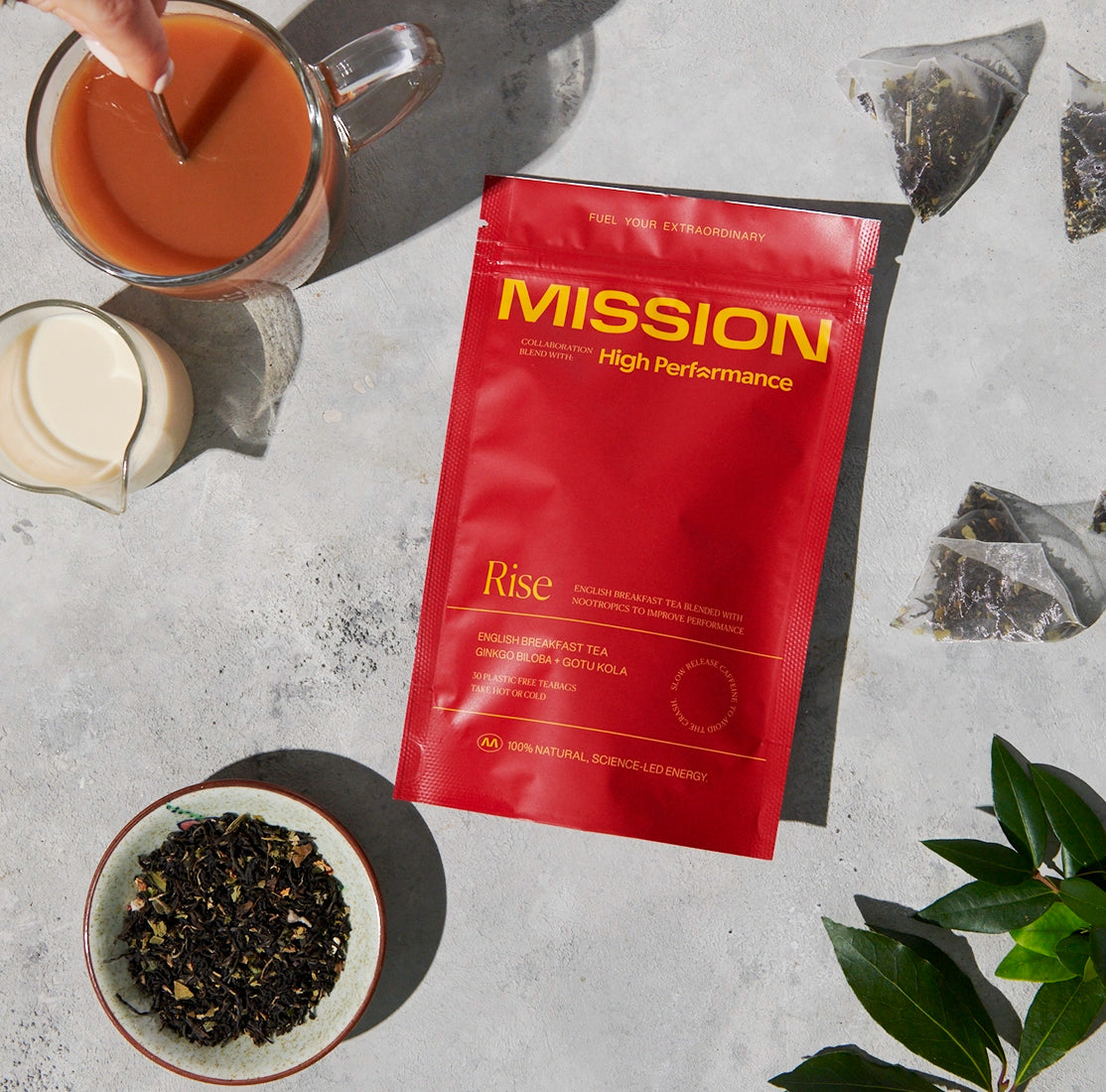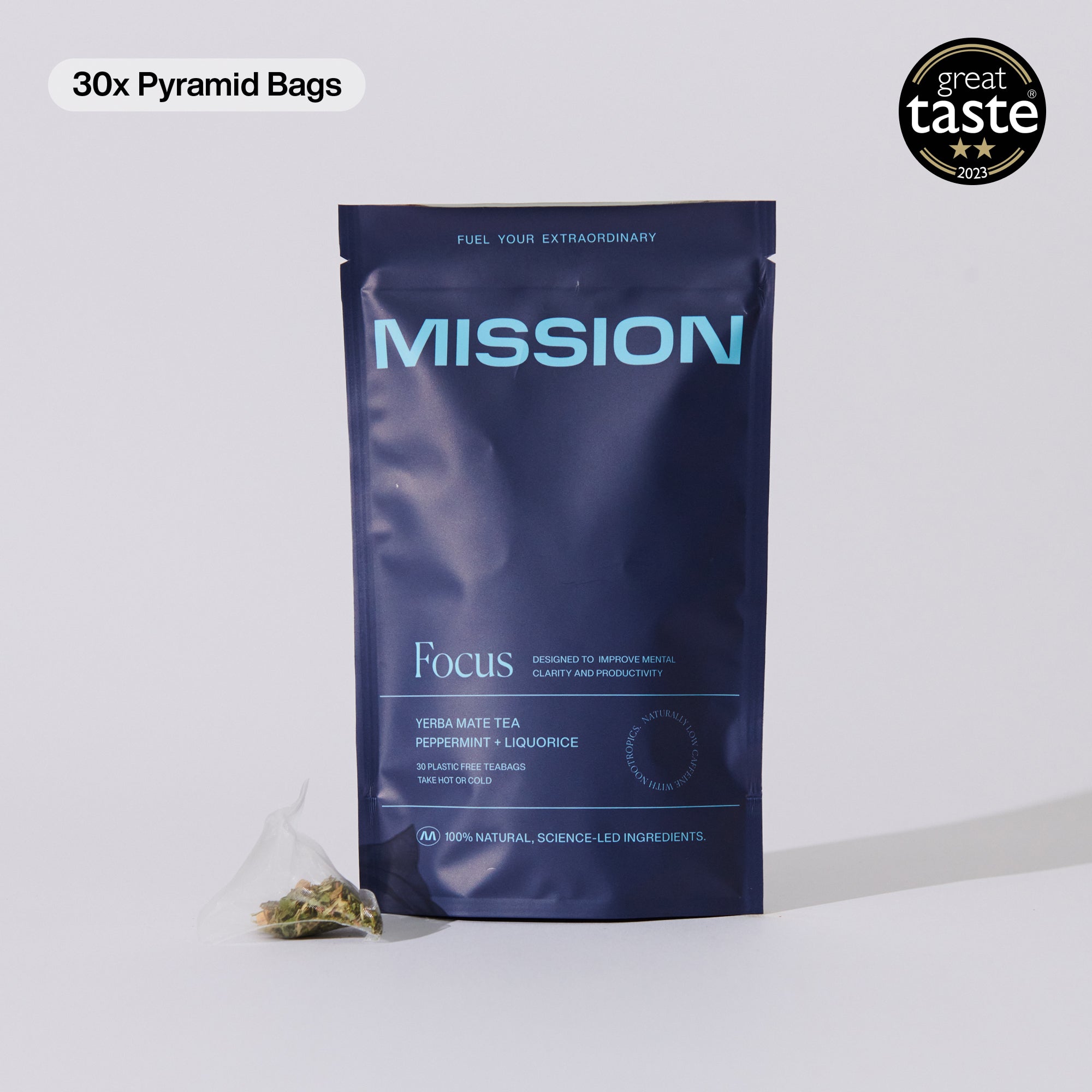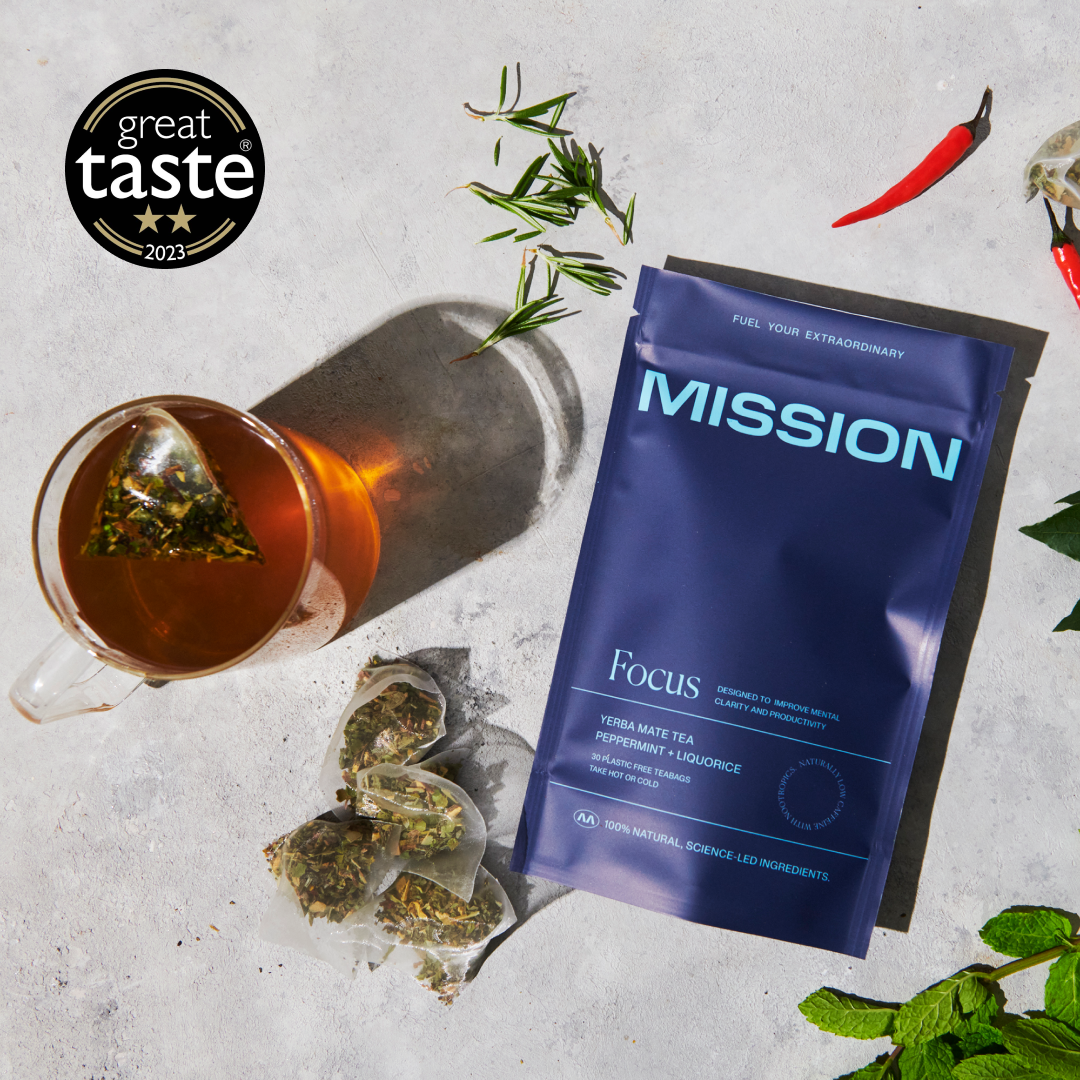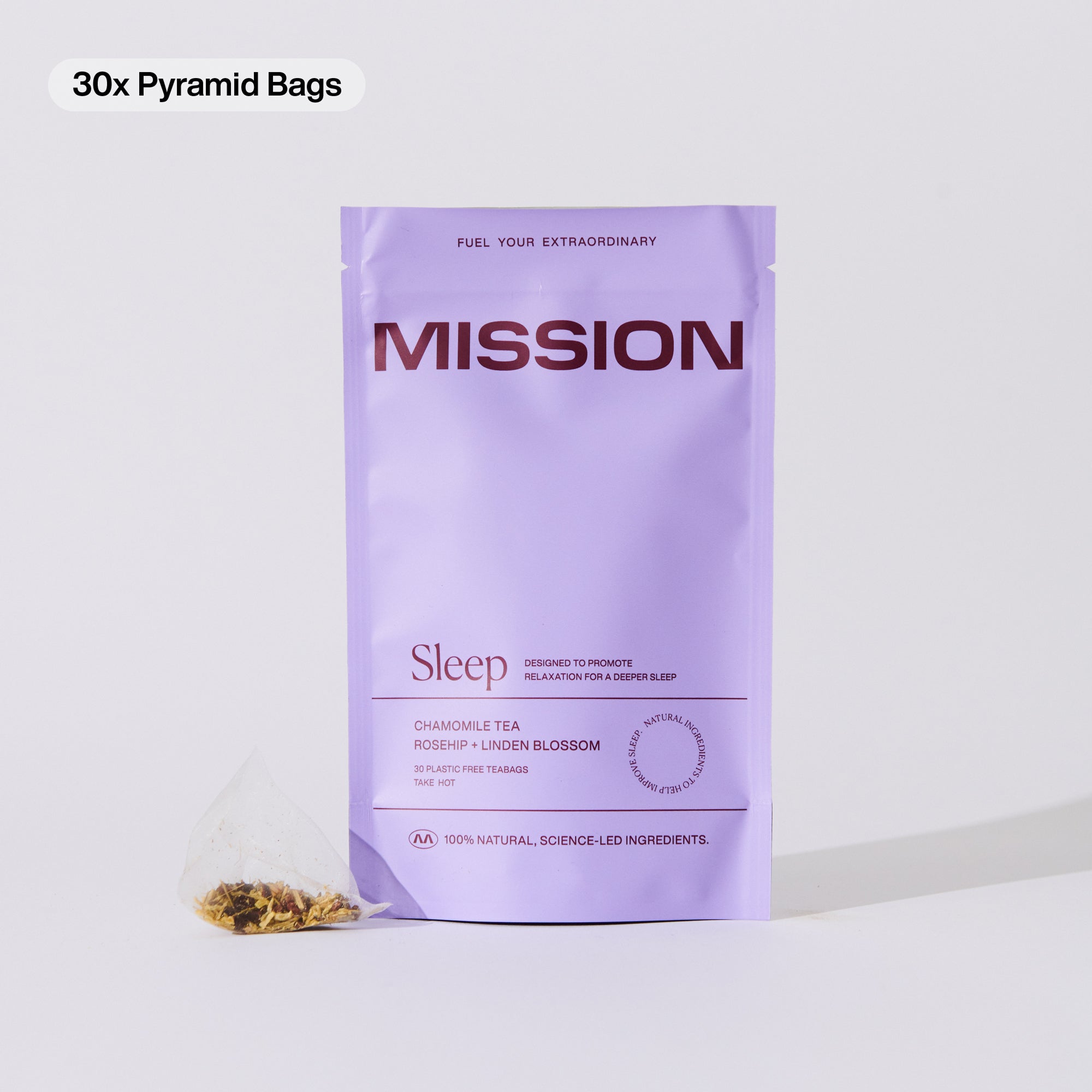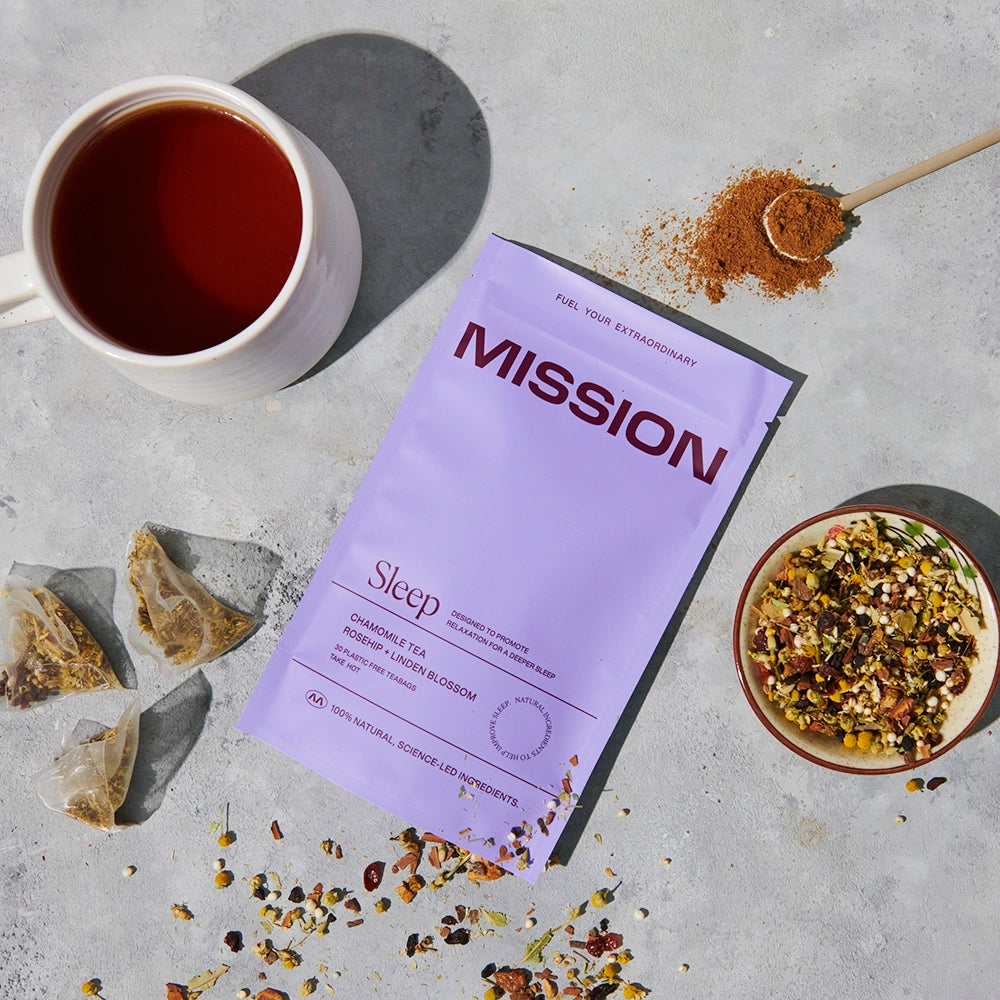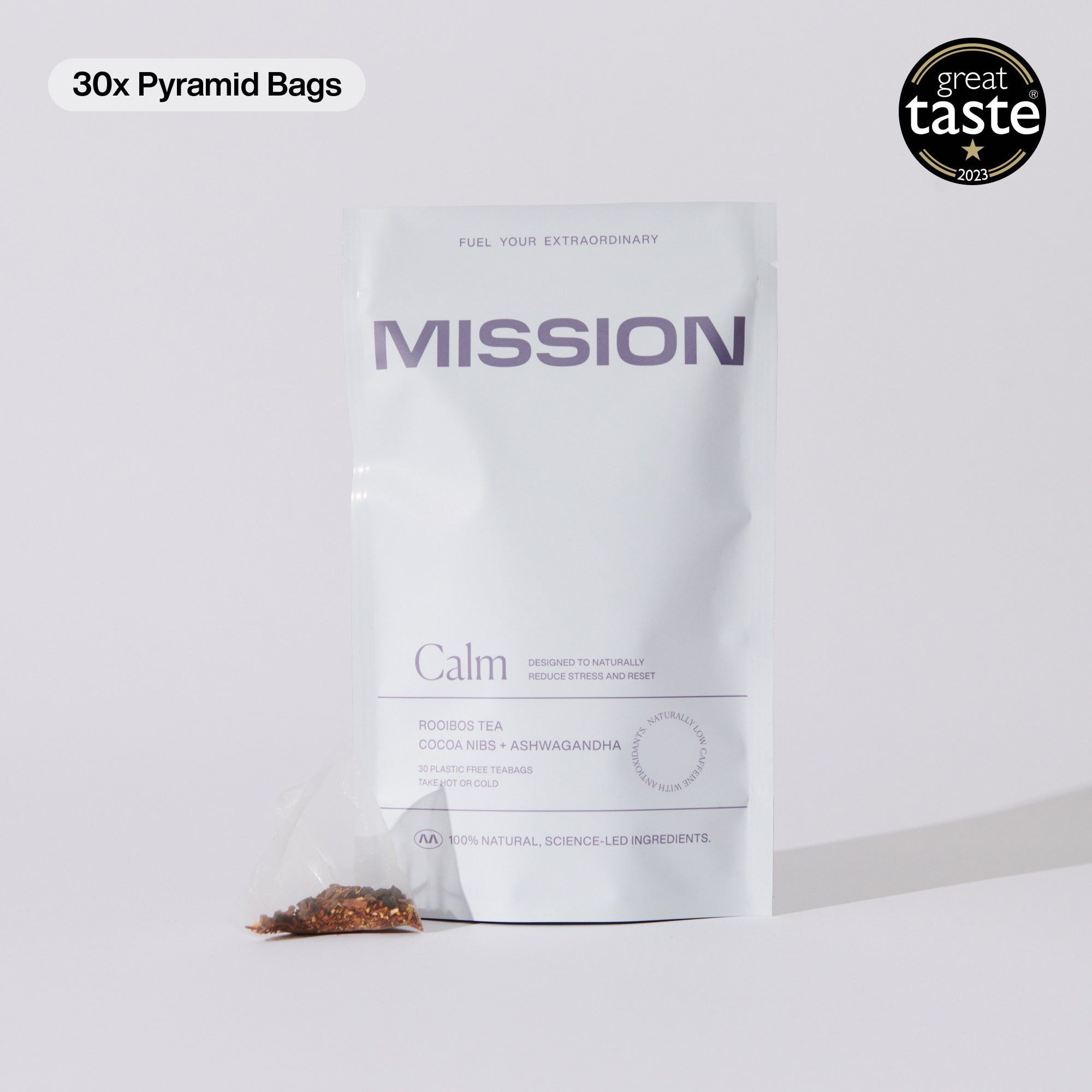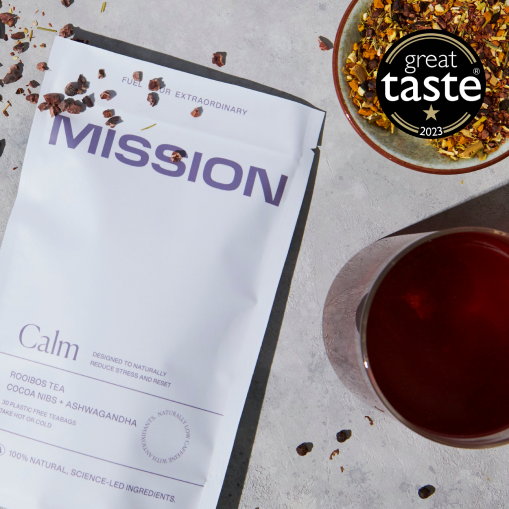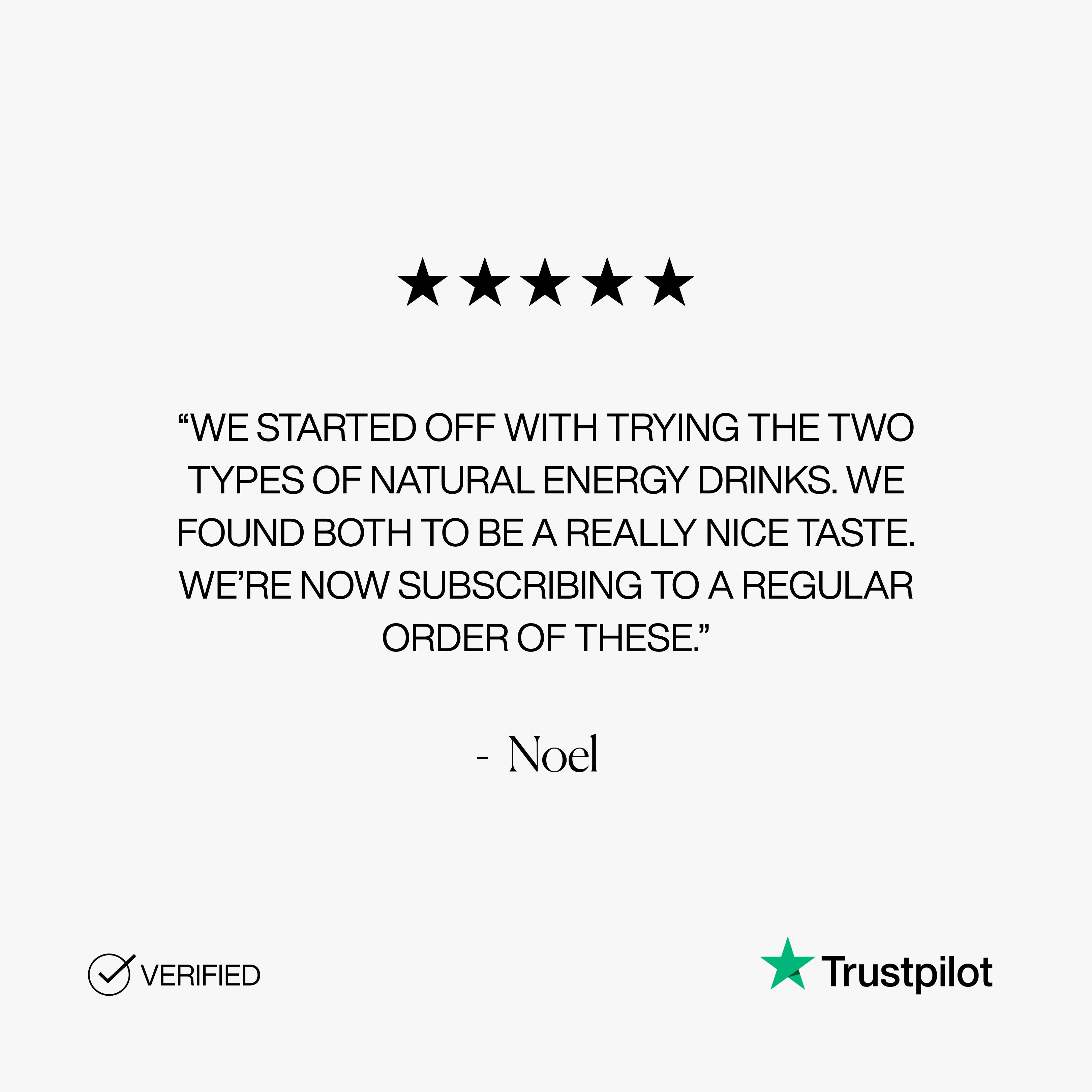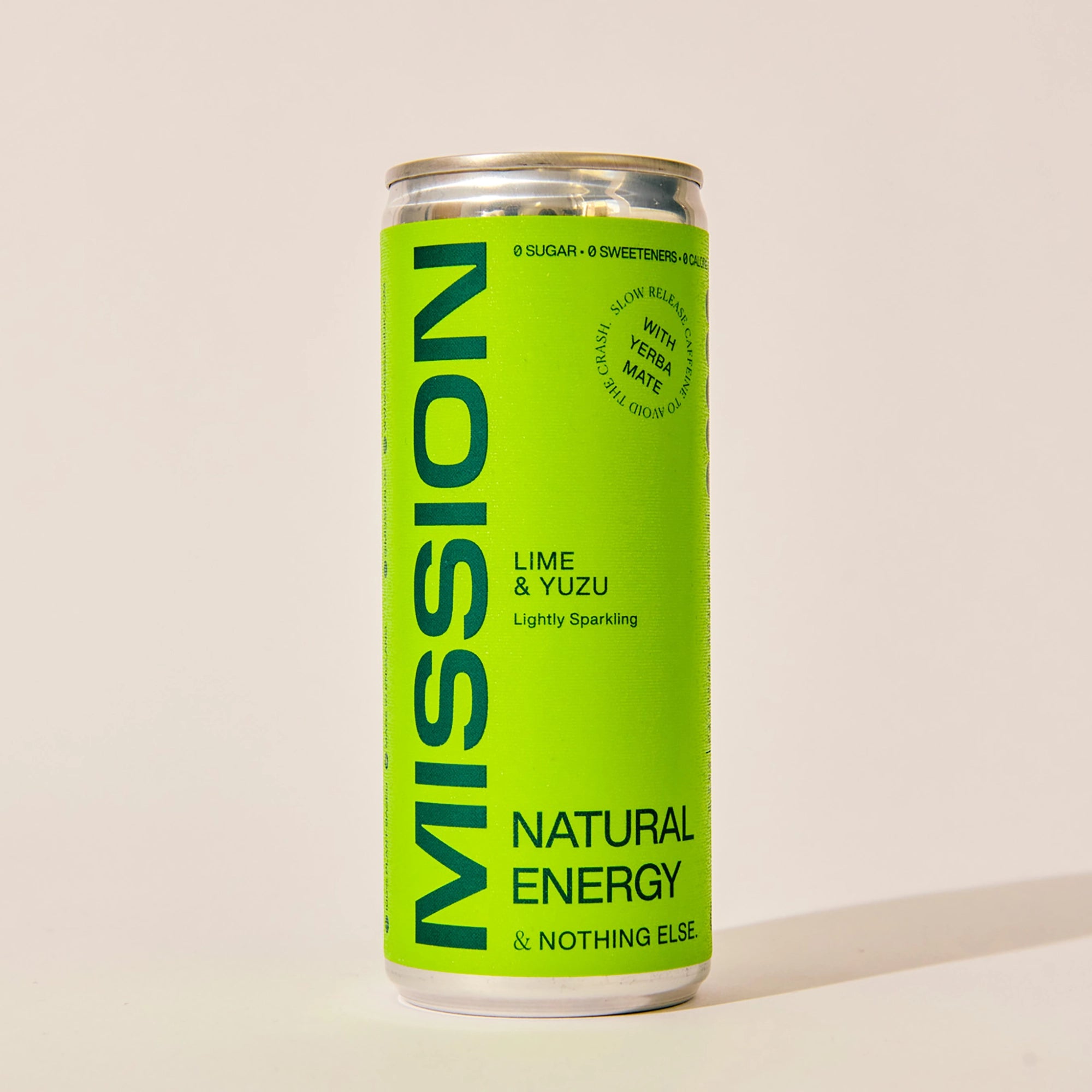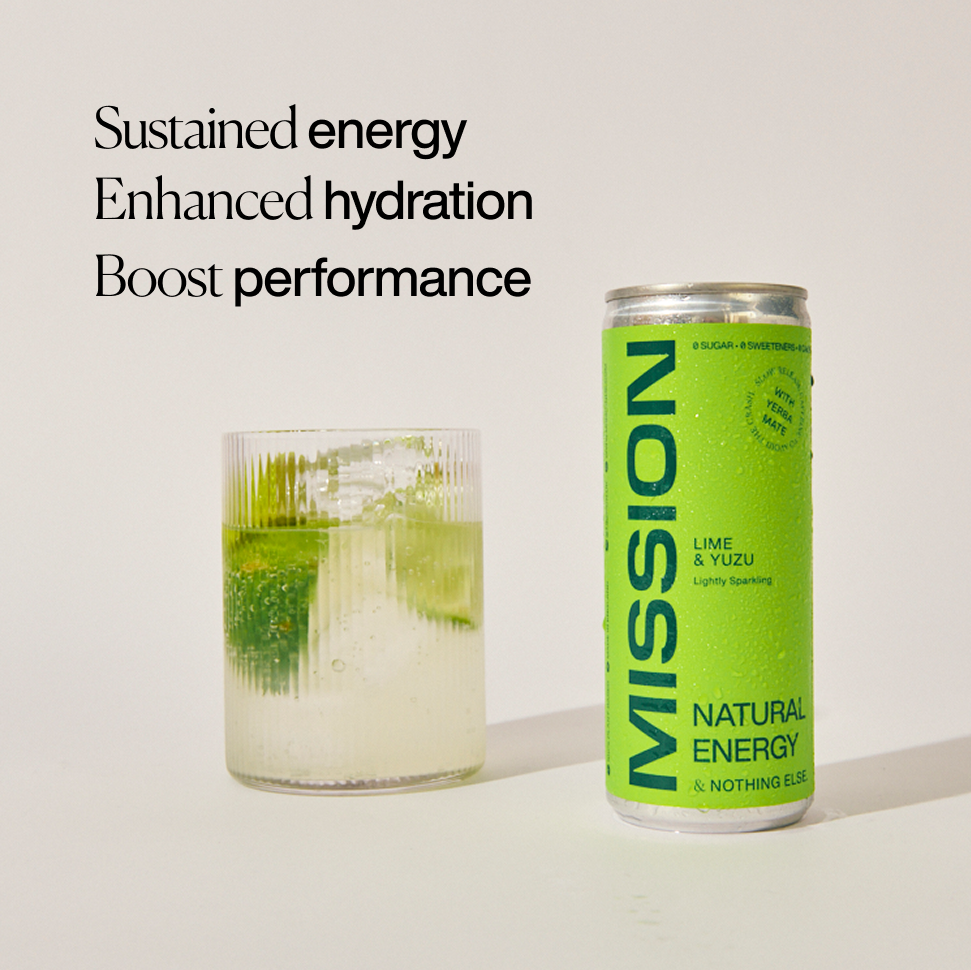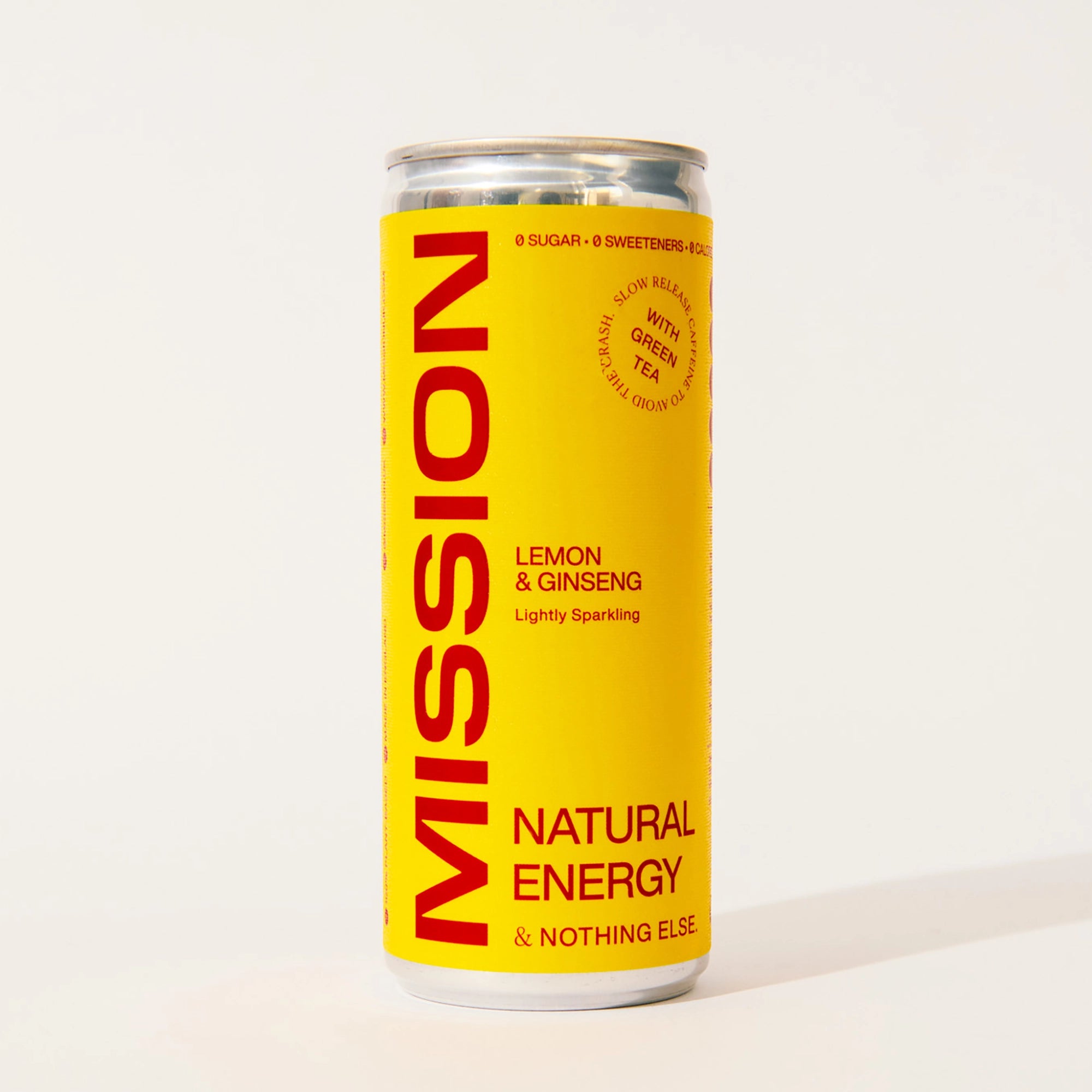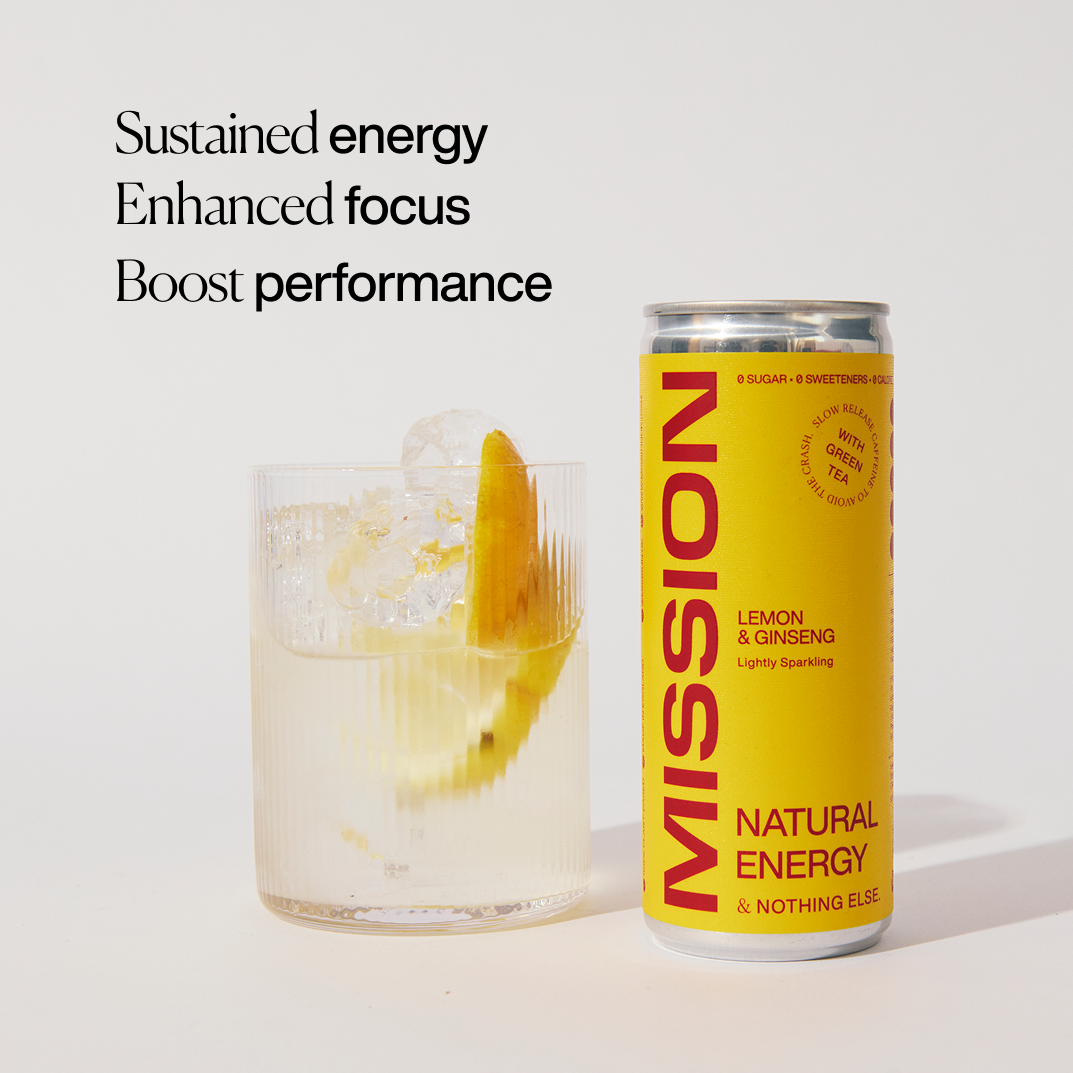Why you should be drinking less caffeine
What are the benefits and risks of caffeine + what is the optimal amount to consume?
Ever since the World Anti-Doping Agency removed caffeine from the banned substances list in 2004, there has been a flurry of activity looking into how it can be used to enhance performance. Caffeine is a drug which reduces pain perception and fatigue - we essentially receive an immediate energy boost.
The issue is that most people derive their caffeine from commercially-available energy drinks and coffees, in which the caffeine content can vary widely from 25 to almost 400mg. For example, a venti filter coffee from Starbucks in the UK contains 387mg of caffeine.
Caffeine acts primarily on the central nervous system, blocking Adenosine receptors in your brain which increases the levels of dopamine in your system.
The benefits of this include:
- Enhanced endurance capacity + focus, and;
- Improved vigilance and reduced pain perception.
It essentially helps you to go harder, for longer, without losing concentration. The problem is that with higher doses of caffeine, more of your adenosine receptors are blocked meaning that when the effects of caffeine wear off, accumulated adenosine floods these now open receptors making you feel a crash.
Other problems with taking large, one-off doses is that this increases your risk of tremors, diarrhoea, headaches, poor sleep and withdrawal-induced lethargy.

What’s the right amount of caffeine?
The benefit of caffeine is also highly variable between individuals, which means that low doses (1.5-3 mg/kg) taken immediately before, and regularly during exercise may actually be a more effective way of boosting performance.
Where does Mission come in?
Mission’s range of performance teas all have between 0-14mg of caffeine per serving, which allows for regular, low-dose caffeine supplementation. To shop low caffeine tea now, click here.


